Ensure Laser Marking Success After Metal Part Processing
Consider these steps for creating corrosion-resistant black laser marks that can withstand nitric passivation as well as exposure to saline and autoclave processes.
August 13, 2020
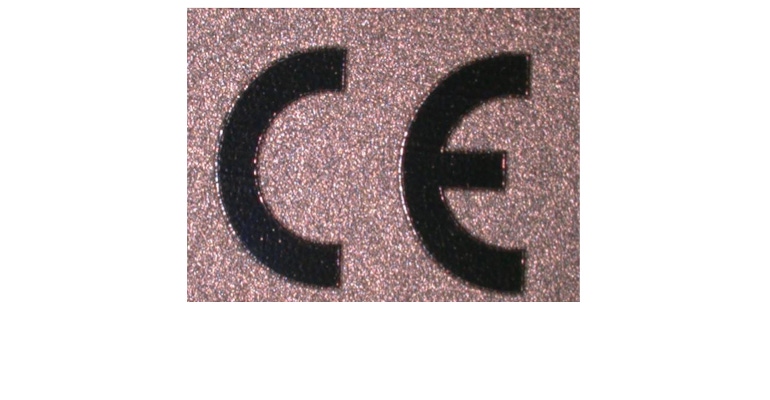
By Ajay Kumar, Chad Whitehead, Brittany Hooley
Most medical devices with metal parts go through machining, heat treatment, electropolishing, and/or bead blasting. Even if performed correctly, each production process can leave surface deposits. These deposits cumulatively add up and normally cannot be removed from the surface with simple cleaning post heat treatment. Additional processes must often be used, but those processes could impact laser marking. Ensuring surface integrity is critical for laser marking success.
For instance, for a laser mark on a martensitic steel such as 17-4 stainless steel to withstand nitric passivation, saline soak, and multiple autoclave cycles, the marking surface has to be clean and passive prior to laser marking and must be passive post marking. It is important to analyze the surface prior to laser marking for surface contaminants, identify the source of contaminants, and eliminate them.
Potential sources of contaminants:
Machining oils
Electropolishing (EP) solution/electrical discharge points
Heat-treatment scale

Figure 1: Overall sources of contaminants and their impact on the laser mark.
Machining
Machining processes can leave machining oil deposits that will bake during heat treatment.
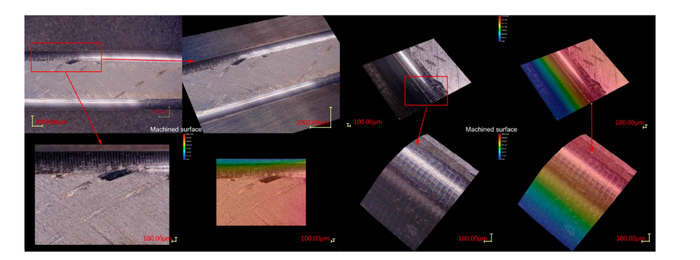
Figure 2: This image above shows the cutting fluids that can remain on the surface post machining.
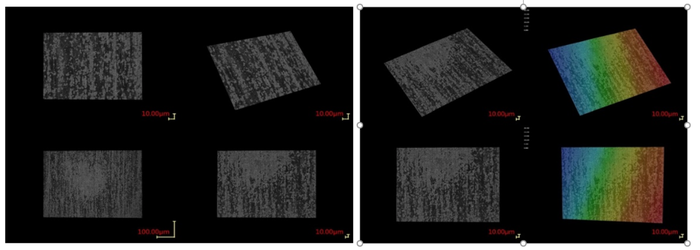
Figure 3: Effects of leaving cutting fluids on the surface.
The pictures above show the machining oils on the surface post machining. If these machining oils are not removed immediately, they will bake during heat-treatment processing.
Electropolishing Debris
Parts that are incorrectly electropolished will have electropolish debris and EP fluid on the surface. The part should be cleaned immediately after electropolishing.
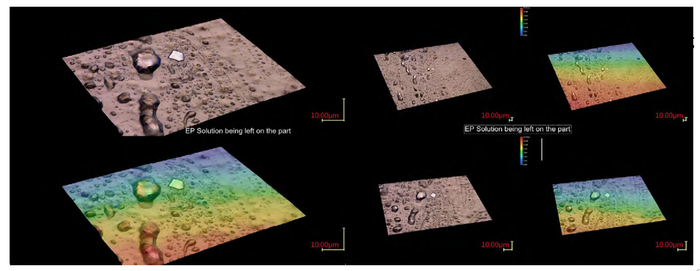
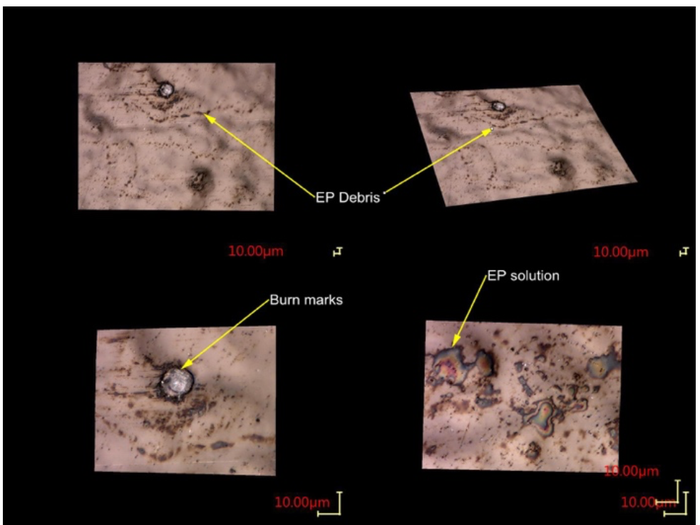
Figure 5: Effect of improper electropolishing and inadequate cleaning.
Heat-Treatment Scale
If the device is not properly vacuum heat treated, it will develop heat-treatment scale. The type of heat-treatment scale is dependent on the amount of deposits that were deposited on the surface from prior processes such as machining (cutting fluid oils). Once heat-treatment scale hais developed, traditional cleaning method using ultrasonics cannot remove it. This will interfere with the laser-marking process.

Figure 6: This heat-treatment scale is built on the surface after EP debris and machining fluids are left on the surface.
Polishing Deposits
It is important to ensure that there are no polishing deposits left on the surface prior to laser marking. This happens if excessive pressure and/or incorrect grit is used and/or if the part is incorrectly heat treated.
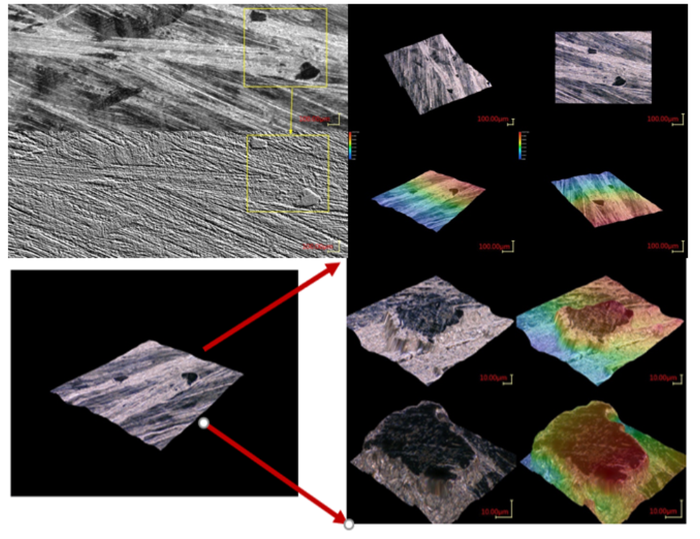
Figure 7: Effect of polishing debris left on the surface. Scratch marks indicate direction of travel of the polishing paste.
Required Surface Integrity for a Good Laser Mark
A properly processed surface will have no remnants of polishing paste, cutting fluids, and electropolishing fluid and/or debris.
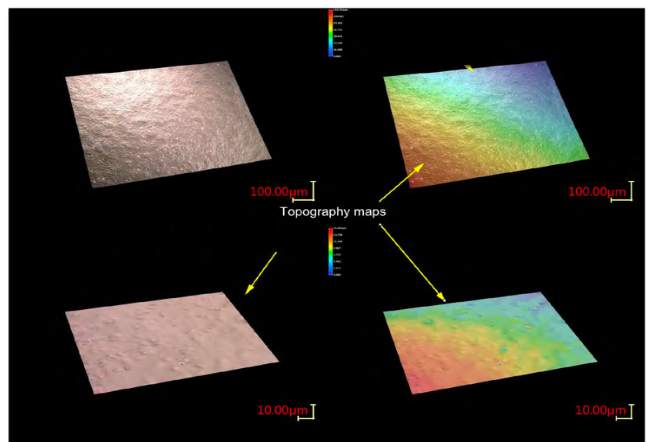
Figure 8: If the surface is properly processed prior to laser marking, it will have a topography devoid of electropolishing burn marks, electropolishing fluid deposits, embedded polishing media, and/or heat scale from heat treatment.
Qualities of a Good Laser Mark
Here are three qualities to consider:
1. True black color irrespective of viewing angle. The laser mark will be black in color irrespective of viewing angle.
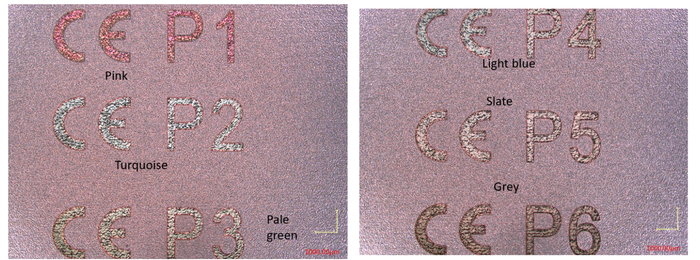
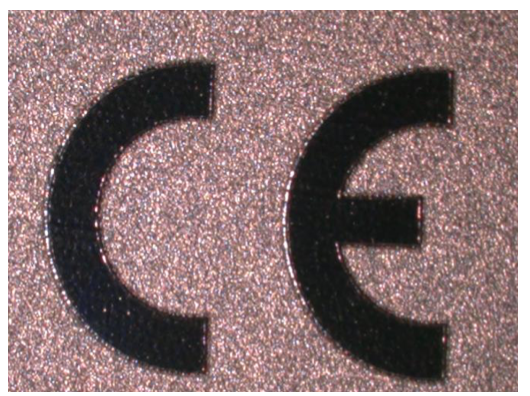
Figure 10: True black laser mark.
2. Laser mark should be able to withstand passivation. The laser mark should not wash away post nitric passivation.
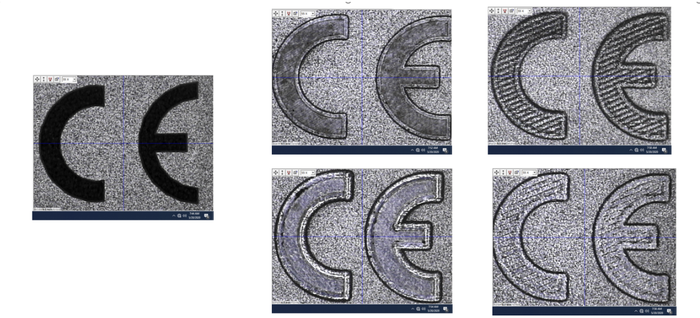
Figure 11: Comparative analysis between laser marks. Laser mark on left remains true black post nitric IV passivation. The four marks on the right show the laser mark has been partially removed by passivation to various degrees.
3. Corrosion free. Post autoclave cycles, the laser mark should be evaluated at 10-50 µm level for corrosion. The part should not show any signs of corrosion and should show sharp demarcation between the laser mark and the base metal.

Figure 12: Laser marks show no sign of heat effects.
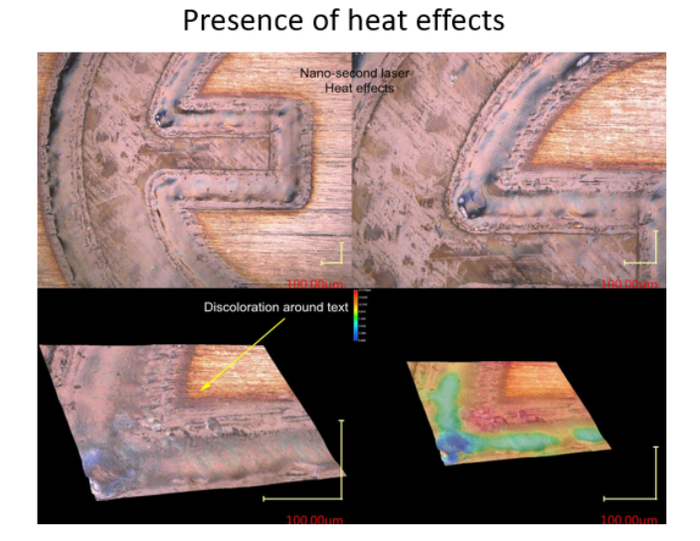
Figure 13: Effect of fluence level on heat effects around laser mark.
In conclusion, in order to create a corrosion-free true black laser mark on a martensitic steel such as 17-4 stainless steel that can withstand nitric passivation, saline soak, and repeated autoclaves, it is not only necessary to develop laser process parameters, but one also needs to address the issue of surface integrity (surface cleanliness and surface passivity) prior to laser marking. This can only best be achieved by engineering organizations that have all surface engineering processes such as passivation, cleaning, polishing, bead blasting, laser marking, and surface analysis capabilities under one roof, as the laser-marking process is dependent on the surface integrity pre-laser marking and surface passivity post laser marking.
You May Also Like

